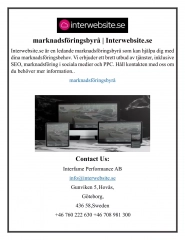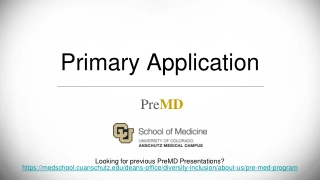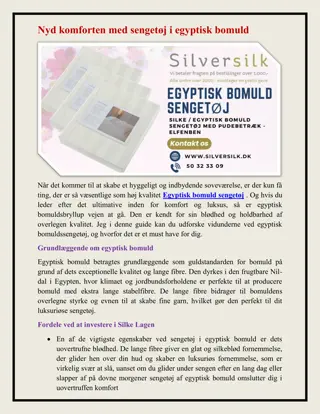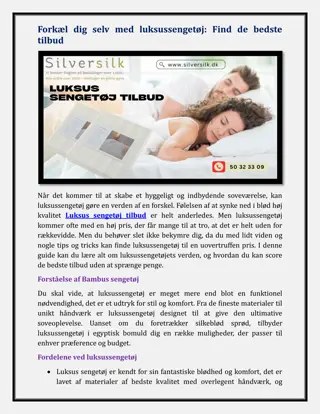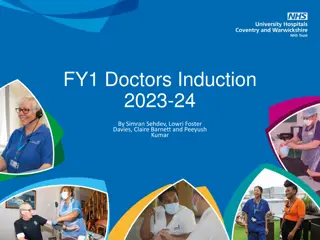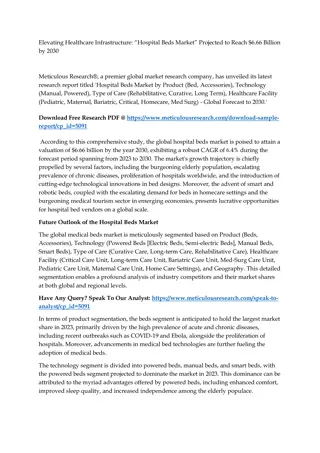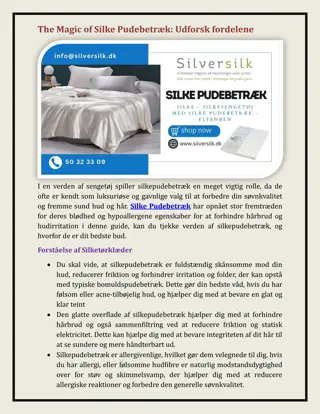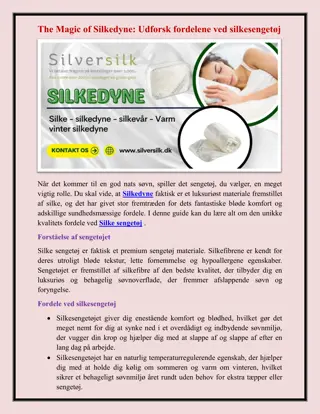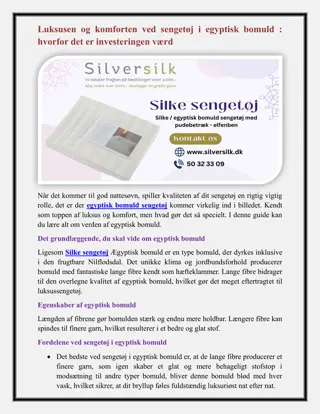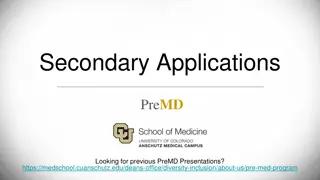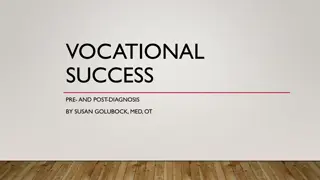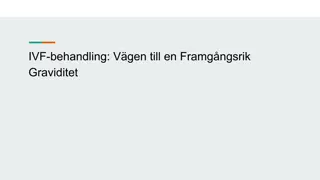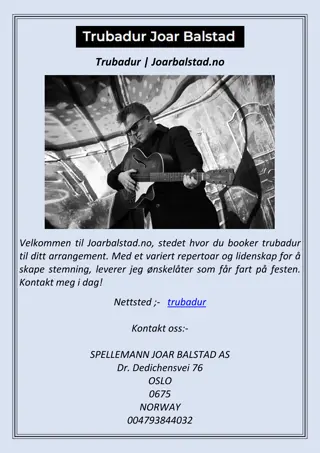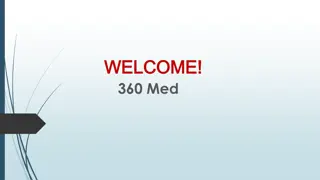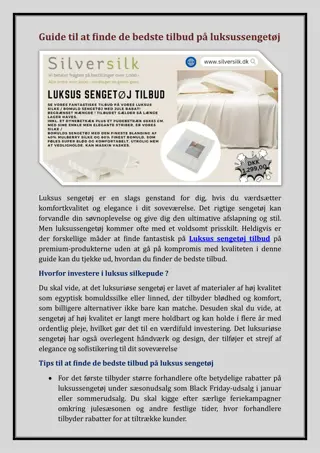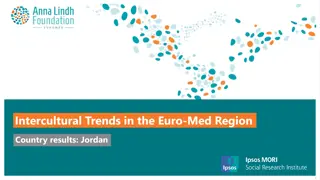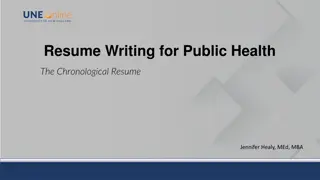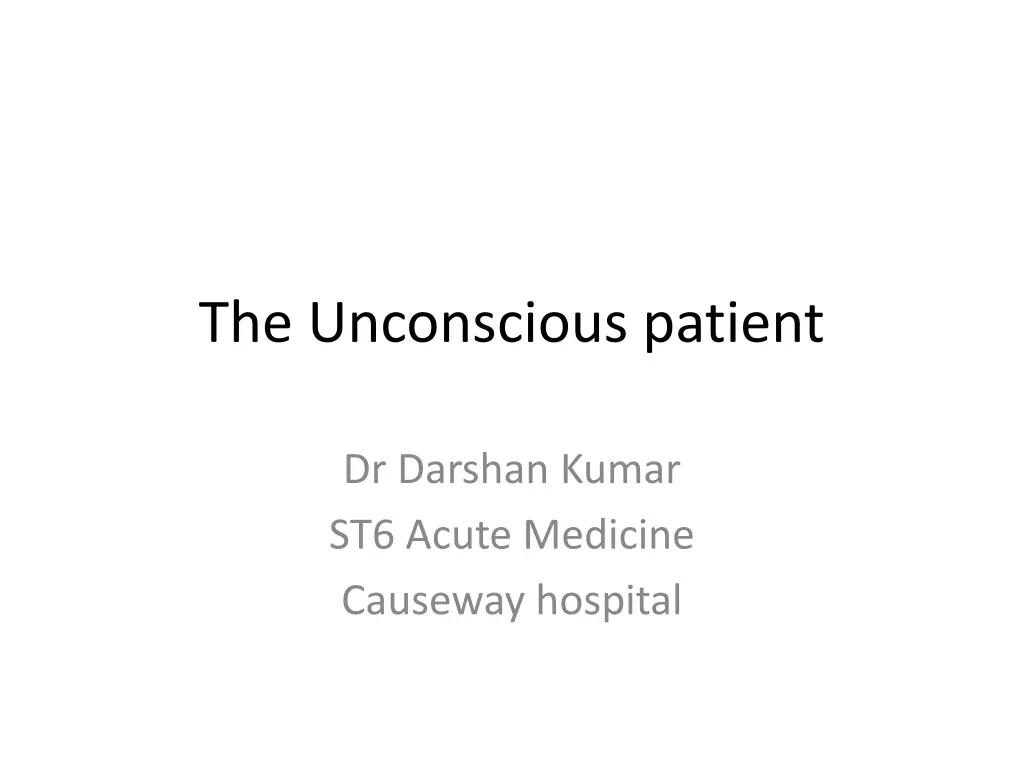
Understanding Unconscious Patients: Management and Perspectives
Explore the concept of unconsciousness, strategies for managing unconscious patients, and the challenges faced in treating them. Learn from medical perspectives, poetry, and practical approaches in acute medicine.
Uploaded on | 1 Views
Download Presentation

Please find below an Image/Link to download the presentation.
The content on the website is provided AS IS for your information and personal use only. It may not be sold, licensed, or shared on other websites without obtaining consent from the author. If you encounter any issues during the download, it is possible that the publisher has removed the file from their server.
You are allowed to download the files provided on this website for personal or commercial use, subject to the condition that they are used lawfully. All files are the property of their respective owners.
The content on the website is provided AS IS for your information and personal use only. It may not be sold, licensed, or shared on other websites without obtaining consent from the author.
E N D
Presentation Transcript
The Unconscious patient Dr Darshan Kumar ST6 Acute Medicine Causeway hospital
Consciously managing the Unconsciousness Dr Darshan Kumar Consultant Acute medicine
Objectives What is Unconsciousness? Approach to managing unconscious patients Recognising the ducks Most importantly recognise the emergencies Address some topics towards MRCP examination
What is unconsciousness? Dictionary: adjective not awake and aware of and responding to one's environment done or existing without one realizing Noun the state of being unconscious the state of being uninformed or unaware
Mikos poetry Lost... in the wake Who will move first? I wasn't awake Me or the world? I survived my wake I can feel the apocalypse inside my chest Am I alive in the sleep? Supernova, but imploding in This R.E.M life cut me in too deep I am only space and time It's never good... Night
Medical perspective. Loss of the ability to maintain awareness of self and environment combined with markedly reduced responsiveness to environmental stimuli. (From Adams et al., Principles of Neurology, 6th ed, pp344-5)
Why is treating Unconscious patients difficult?
Unconscious patient ABCDE approach Unstable features Low GCS, Shock, High/Low RR, Low Sats CARDIAC ARREST Follow ALS algorithm
Unconscious patient ABCDE approach Buy Time phase Unstable features Low GCS, Shock, High/Low RR, Low Sats Look for Ducks Follow ALS algorithm
Clinical Vignette Elderly lady/man found unresponsive in the bedroom floor by carers. ABCDE approach A - Maintained B - RR14 / min (irregular) SaO2 99% on 10l O2 via facemask Normal breath sounds throughout chest C - Good capillary refill BP 180/98 mmHg HR 110 bpm with ectopics
Apyrexial GCS (7/15) Eyes nil (1) Motor response localises pain (5) Verbal response Incomprehensible sounds (1) Exposure bruising along parietal area.
Key aspects of examination Head injury Bony injury Soft tissue injury Fluid status Tests: Bloods- Haematology/Biochemistry/Microbiology ? Imaging
Head injury - ICH Pts usually encountered in ED Fall on ward sustaining head injury Medico legal issue Anticoagulation Neurosurgical consultation
Unconscious patient ABCDE approach Buy Time phase Unstable features Low GCS, Shock, High/Low RR, Low Sats Look for Ducks Falls / Head injury Follow ALS algorithm
Clinical Vignette 40 year old Captain Jack Sparrow found by paramedics unresponsive by the sea side. Looks inebriated. ABCDE A- maintaining B RR 8 Sats 100 % on high flow oxygen. Good AE C- HR 120 irregular BP 158/60 CRT 4 secs D GCS E1 V1 M5 FPG 3 mmol/l
Hypoglycemia in chronic alcoholics Risk of Wernicke Korsakoffs Parenteral Thiamine and Vitamins with Dextrose MRCP question/ SCE Acute medicine: Inebriated patient presenting with seizures. What is the first treatment of choice? 1. Lorazepam 2. IV Vitamins/Thiamine (Pabrinex) 3. Phenytoin 4. Levetericetam 5. Propofol
Unconscious patient ABCDE approach Buy Time phase Unstable features Low GCS, Shock, High/Low RR, Low Sats Look for Ducks Falls / Head injury Follow ALS algorithm Alcohol intoxication
Clinical Vignette 18 year old female presenting with collapse and being unwell at home. Paramedics noted history of headache 1 day previously. Family noted her to be irritable. ABCDE A - patent with OPA B - apnoeic BVM 15l O2 C - HR 150 reg, BP 60/0, CRT 4s, 6mm ST depression on monitor D - GCS E1 M1 V1, pupils fixed and dilated, BM 6 E - temp 39.7 C, neck stiffness, rash
CNS infection Treatment options Ceftriaxone 2g BD Dexamethasone Aciclovir If age of patient is 55 years will the treatment change? Add Amoxicillin
Unconscious patient ABCDE approach Buy Time phase Unstable features Low GCS, Shock, High/Low RR, Low Sats Look for Ducks Falls / Head injury Follow ALS algorithm Alcohol intoxication CNS infections
Clinical Vignette 75 year old male found unconscious by paramedics. No definite history available. Standby call: ETA 45 mins. History on ECR- Type 2 diabetes, Epilepsy, Prostate enlargement A maintaining, B RR 14 Sats 100 %on oxygen. C HR 88 BP 110/70 D GCS E1 V1 M1-2 E nil FPG-6.8
Differential diagnosis Epilepsy Post ictal state Big clue: duration This is non convulsive status epilepticus
Treatment Benzodiazepines Phenytoin CT Brain EEG May need higher form of antiepileptics like propofol, but seek urgent neurology advice
Unconscious patient ABCDE approach Buy Time phase Unstable features Low GCS, Shock, High/Low RR, Low Sats Look for Ducks Falls / Head injury Follow ALS algorithm Alcohol intoxication CNS infections Seizures
Clinical Vignette 47 year old female found collapsed by family in her room. Paramedics arrived and found her with low GCS and found empty strips with some blue tablets A NP in situ B- RR 30 Snoring. Sats 82% on air 100% on oxygen C- HR 145 BP 75/45 CRT 5 secs D- GCS E1 V3 M5 Pupils equal and dilated E- FPG-8 ABG pH7.2 po2 15 pco2 3.5 Bic 14 Lac 3 K 4.5 Na 137
Diagnosis Overdose Tricyclic anti depressants
Treatment Fluid challenge IV sodium bicarbonate till QRS normalises Telemetry General airway measures Check CK
Specific antidotes Acetylcysteine for acetaminophen poisoning Atropine for organophosphates and carbamates Digoxin immune fab for digoxin toxicity Flumazenil for benzodiazepine overdose Naloxone for opioid overdose
Clinical vignette 18 yr old male found collapsed and unconscious. Multiple strips of tablets next to patient. Alcohol bottles. Pupils pin point. Some evidence of foaming around mouth. Shallow resp effort. GCS E1 V1 M4. What is the immediate treatment? A Lorazepam B Naloxone C Intubation and ventilation D Pabrinex E Sodium bicarbonate
Spongiform leucoencephalopathy Chasing the dragon inhaling heroin Choreoathetoid movements, tremors, ataxia Obtundation, corticospinal tract symptoms Parkinsonian symptoms, bradykinesia MRI changes-pallidal abnormalities, posterior fossa & supratentorial white matter changes High mortality-23%
Unconscious patient ABCDE approach Buy Time phase Unstable features Low GCS, Shock, High/Low RR, Low Sats Look for Ducks Falls / Head injury Follow ALS algorithm Alcohol intoxication CNS infections Seizures Toxins / Poisons Stroke Metabolic
Clinical vignette 22 yr old stuporous, collapsed. Metabolic acidosis. FPG >40 Ketones high 75 year old lady. Unconscious. Snoring. Deep slumber. A snoring B RR 6-8 Sats 85% RA C HR 65 BP 100/50 CRT 3 secs D GCS E1 V1 M5 E FPG 5 ABG: pH 7.2 po2 9 pco2 9 Bic 28 Lac 4 Na 122 K 5.4
Metabolic causes Diabetic ketoacidosis Hypothyroid coma
Causes of Unconscious Patient Trauma Non- Traumatic Haemorrhage Infection Infarction Metabolic / Toxic Seizure Other
Objectives What is Unconsciousness? Approach to managing unconscious patients Recognising the ducks Most importantly recognise the emergencies Address some topics towards MRCP examination
References: Adams et al., Principles of Neurology, 6th ed, pp344-5 E-medicine (Medscape) Uptodate

